COMSOL has the best multiphysical simulation capabilities in my experience. Technical support from Elisa at TECHNIC as well as the engineers at COMSOL has been great.
COMSOL is an important part of our research in plasma physics. We use it in the design of plasma systems and it helps us to obtain a greater understanding of the underlying physics. We have always valued the quick support from TECHNIC and COMSOL and it has been a pleasure to work with them.
Comsol has become a valuable part of our design and decision making process. The exceptional flexibility and access to the physics and solvers in Comsol has allowed us to have deeper understanding on thermomechanical solutions. Technic and Comsol have always been quick and helpful to resolve any issues and provide helpful advice on their products.
At Scion we use COMSOL Multiphysics to understand energy processes, such as the interplay of non-linear solid mechanics and heat & mass transfer during biomass compaction, to design new or more efficient processes.
We use COMSOL Multiphysics to design the customised muffler. With it, we can simulate the insertion loss at different spectrum with different muffler designs.
The Ray Optics Module is an add-on to the COMSOL Multiphysics® software that allows you to model electromagnetic wave propagation with a ray tracing approach. The propagating waves are treated as rays that can be reflected, refracted, or absorbed at boundaries in the model geometry. This treatment of electromagnetic radiation uses approximations that are appropriate when the geometry is large compared to the wavelength.
Combining the Ray Optics Module with other modules from the COMSOL® product suite enables ray tracing in temperature gradients and deformed geometries, allowing for high-fidelity structural-thermal-optical performance (STOP) analysis within a single simulation environment.
The Ray Optics Module provides tools for specialised ray optics modelling when combined with the core functionality of the COMSOL Multiphysics® software platform.
Included with the Ray Optics Module:
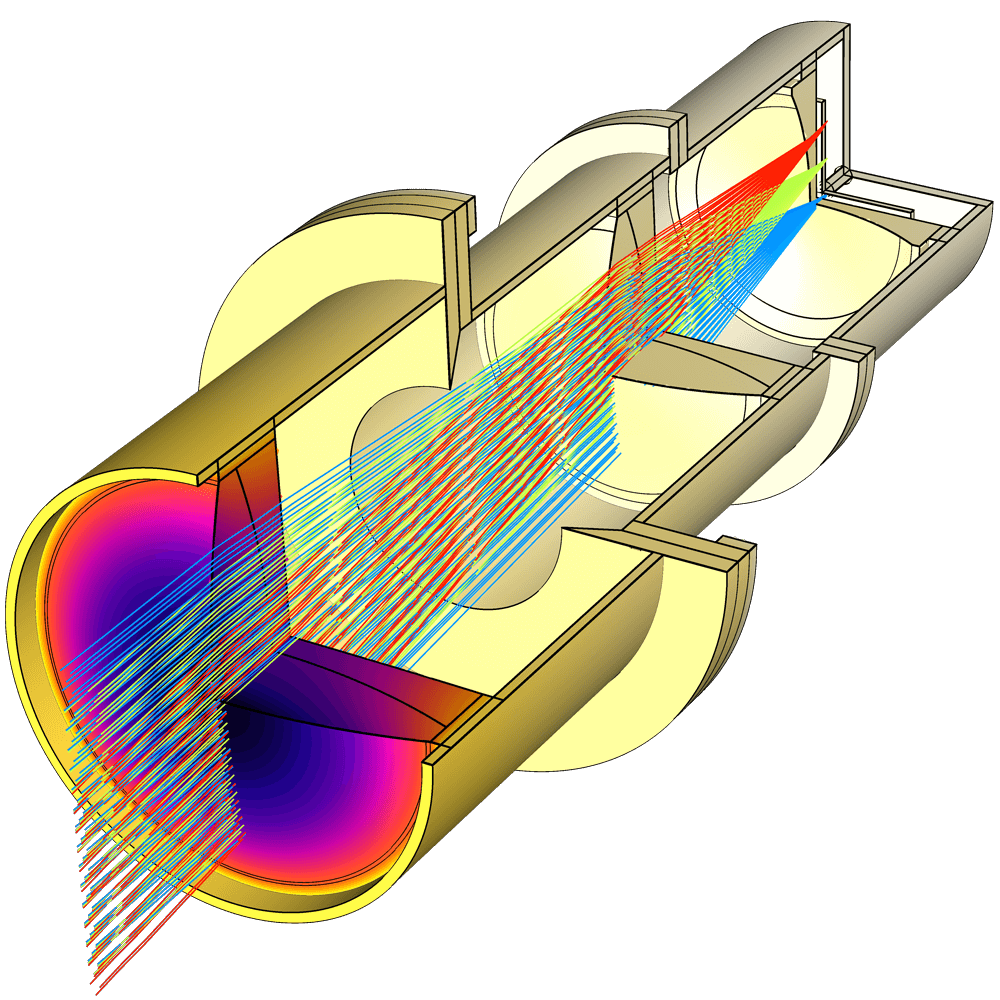
Explore the features and functionality of the Ray Optics Module in more detail by expanding the sections below.
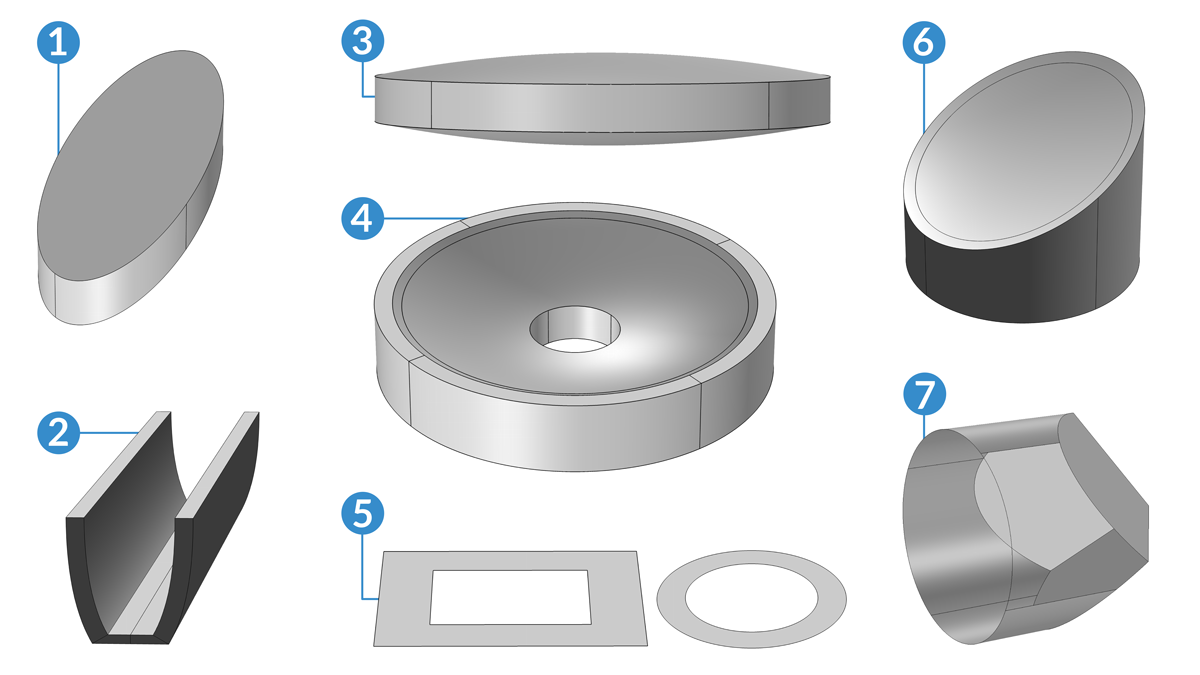
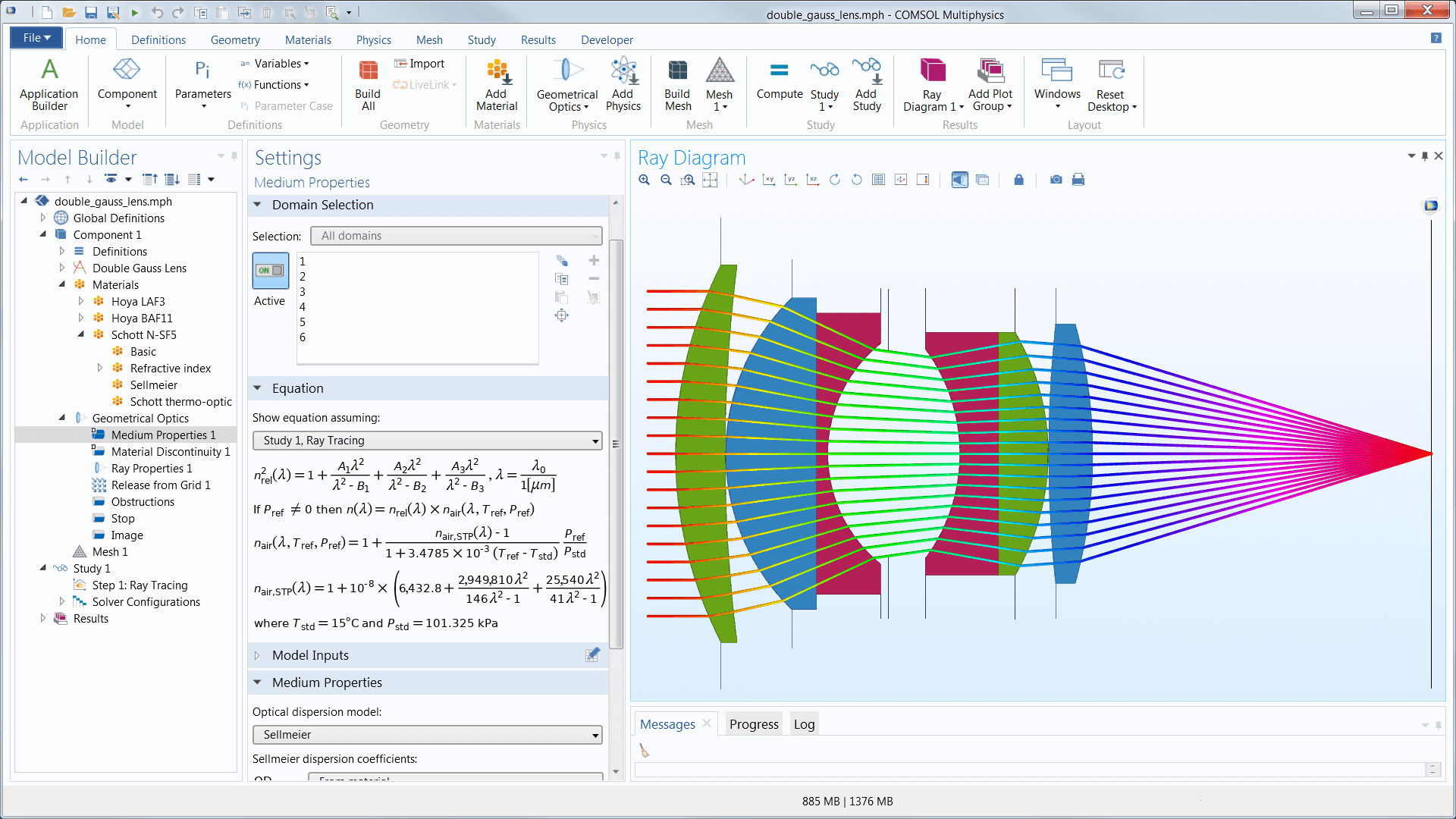
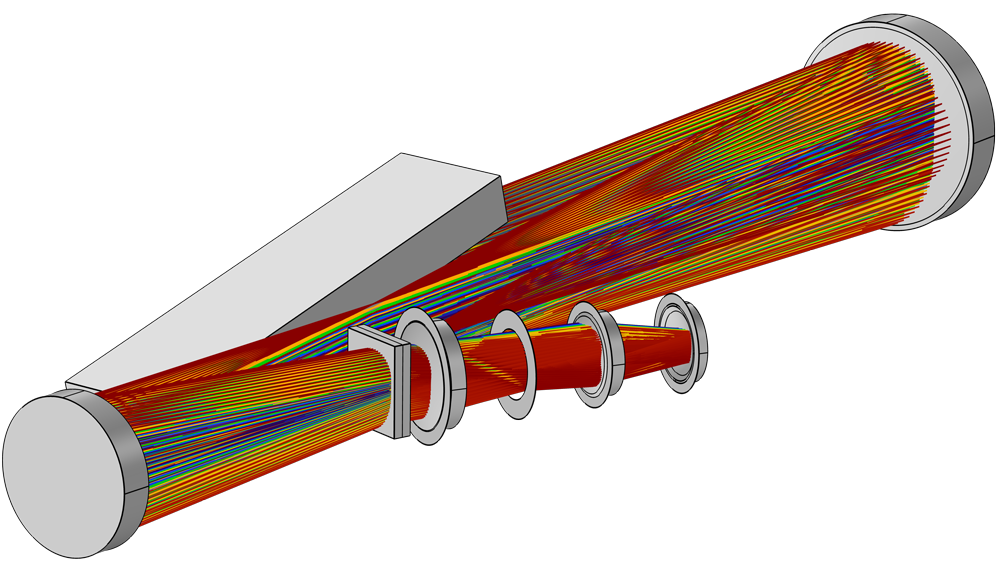
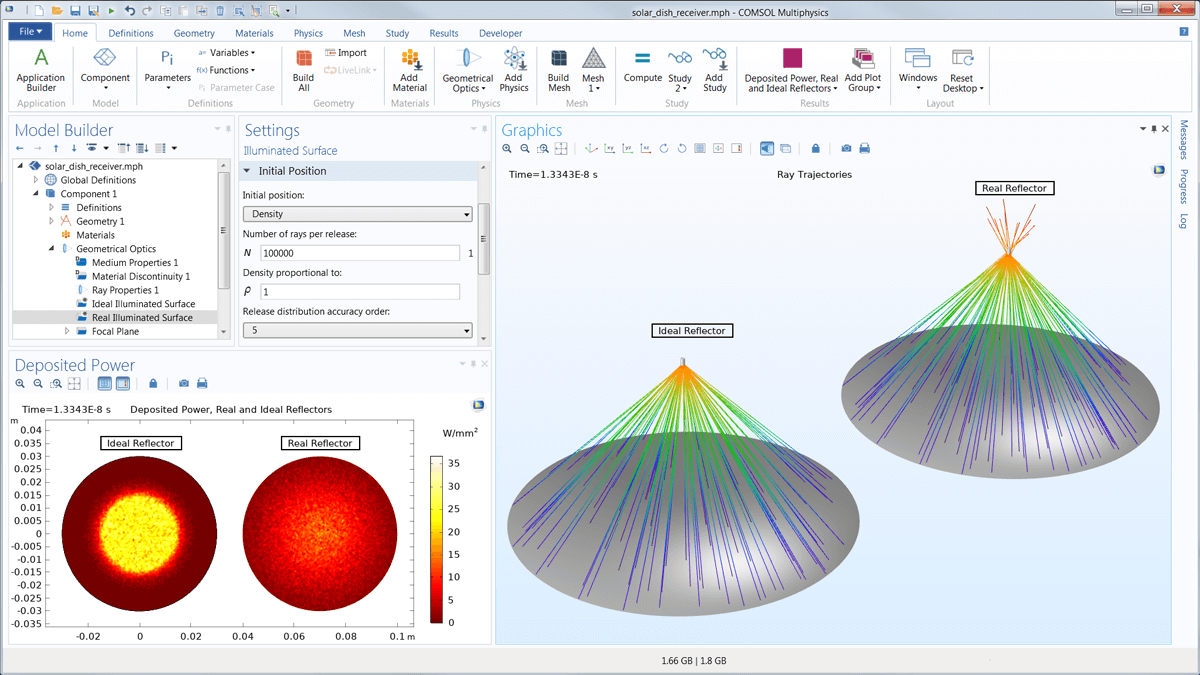
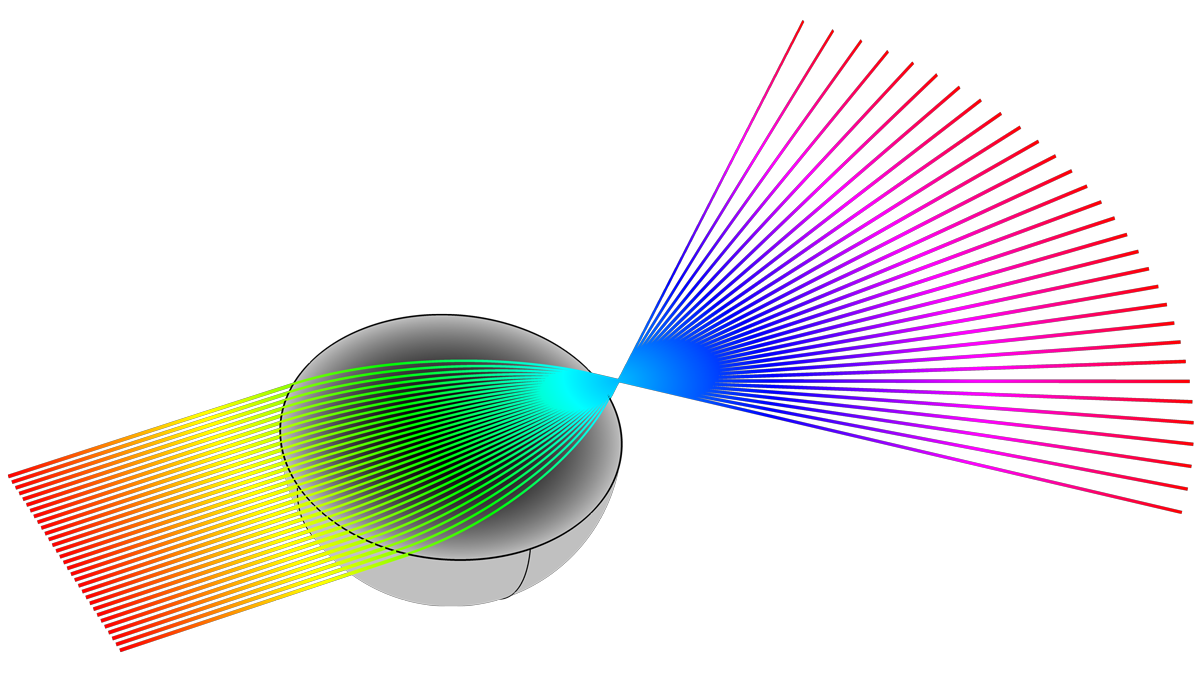
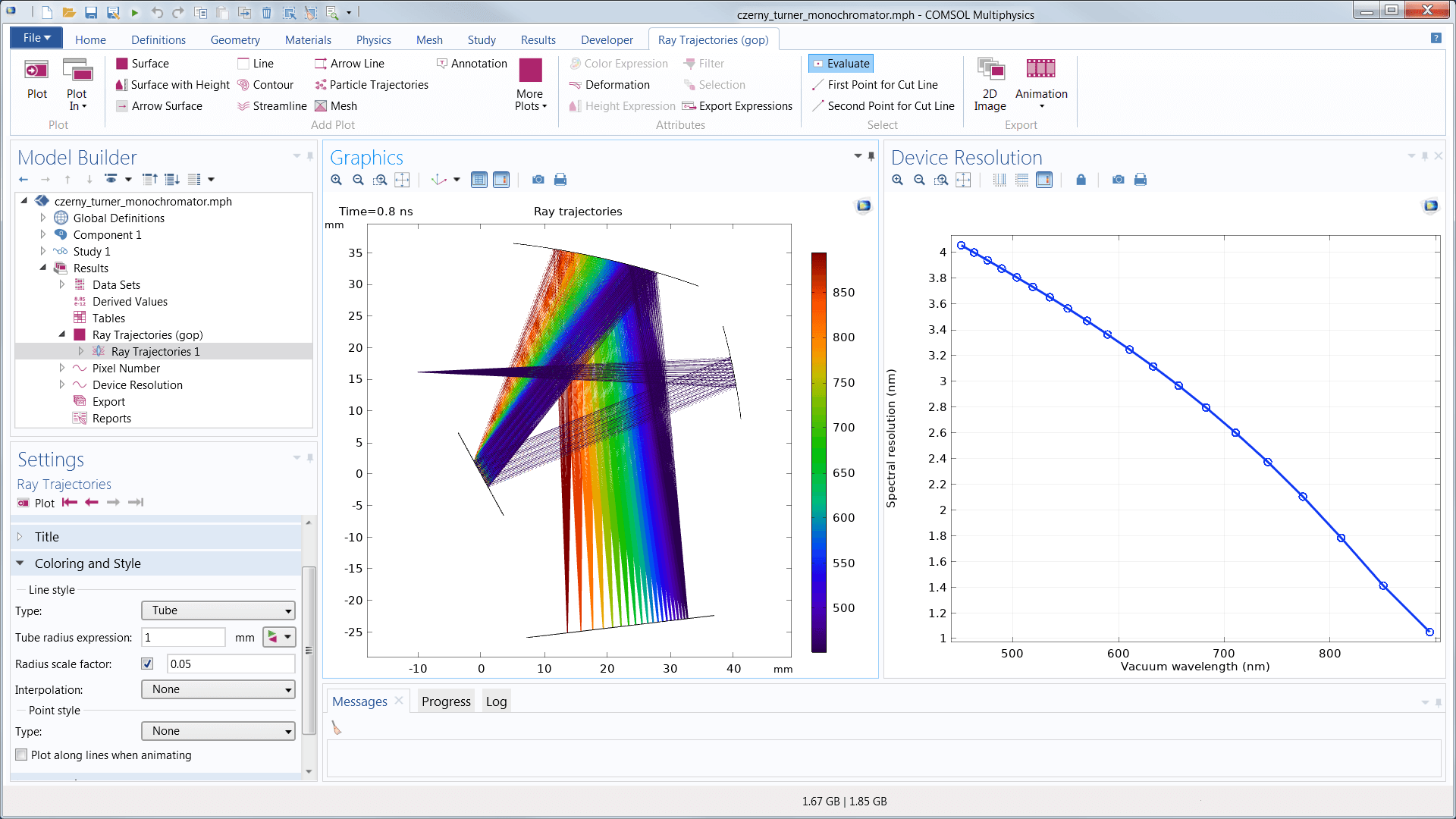
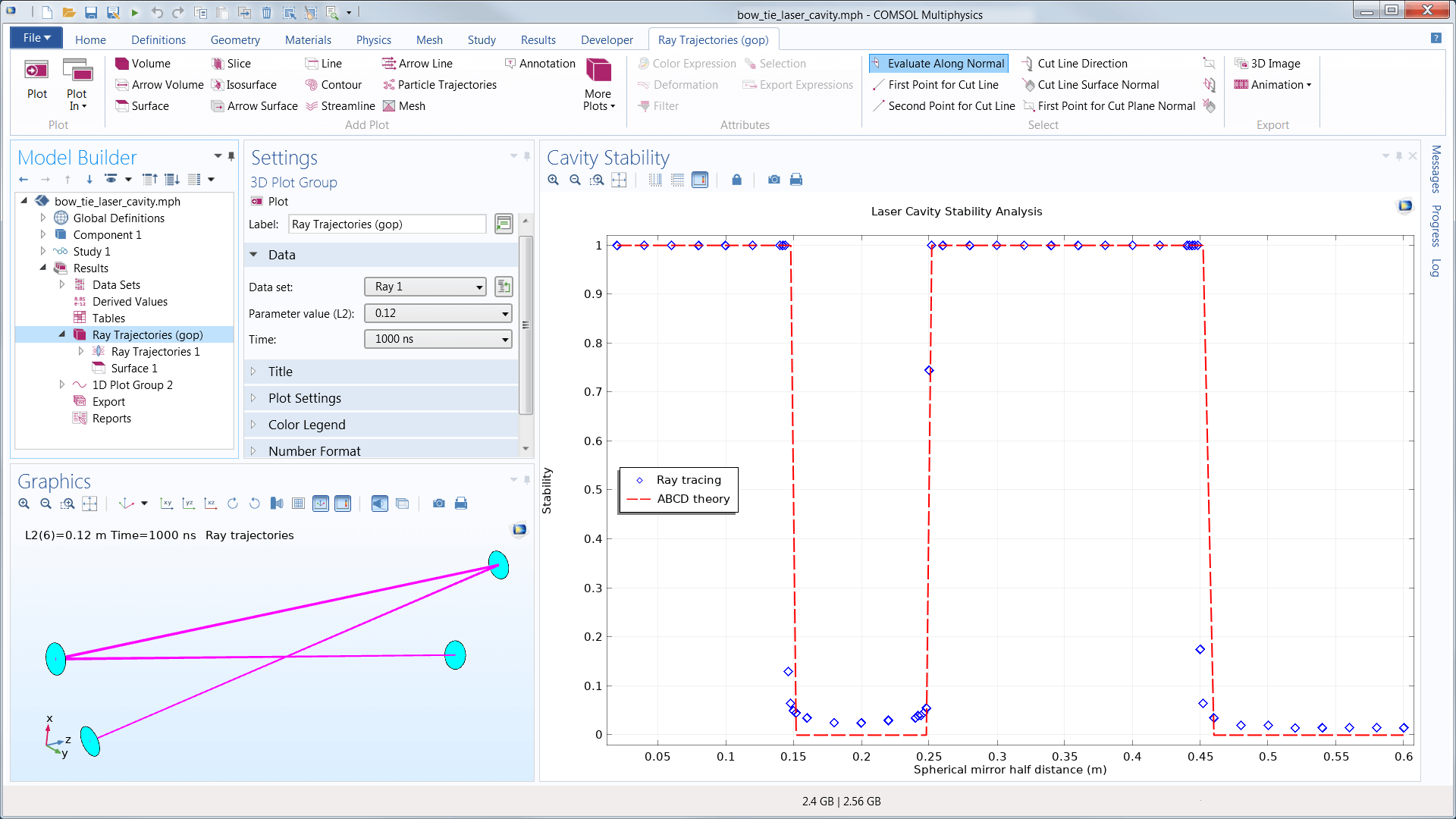
After building a ray optics model, there are a host of further opportunities available with the Application Builder that further simplify the simulation workflow. For instance, you can restrict the inputs and control the outputs of your model, parameterize the model geometry, and provide templated report generation.
You can use simulation applications to run your own tests more quickly or distribute applications to other members of your team to run their own tests, further freeing up your time and resources for other projects.
The process is simple:
Expand the capabilities of simulation throughout your team, organization, classroom, or customer base by building and using simulation applications.
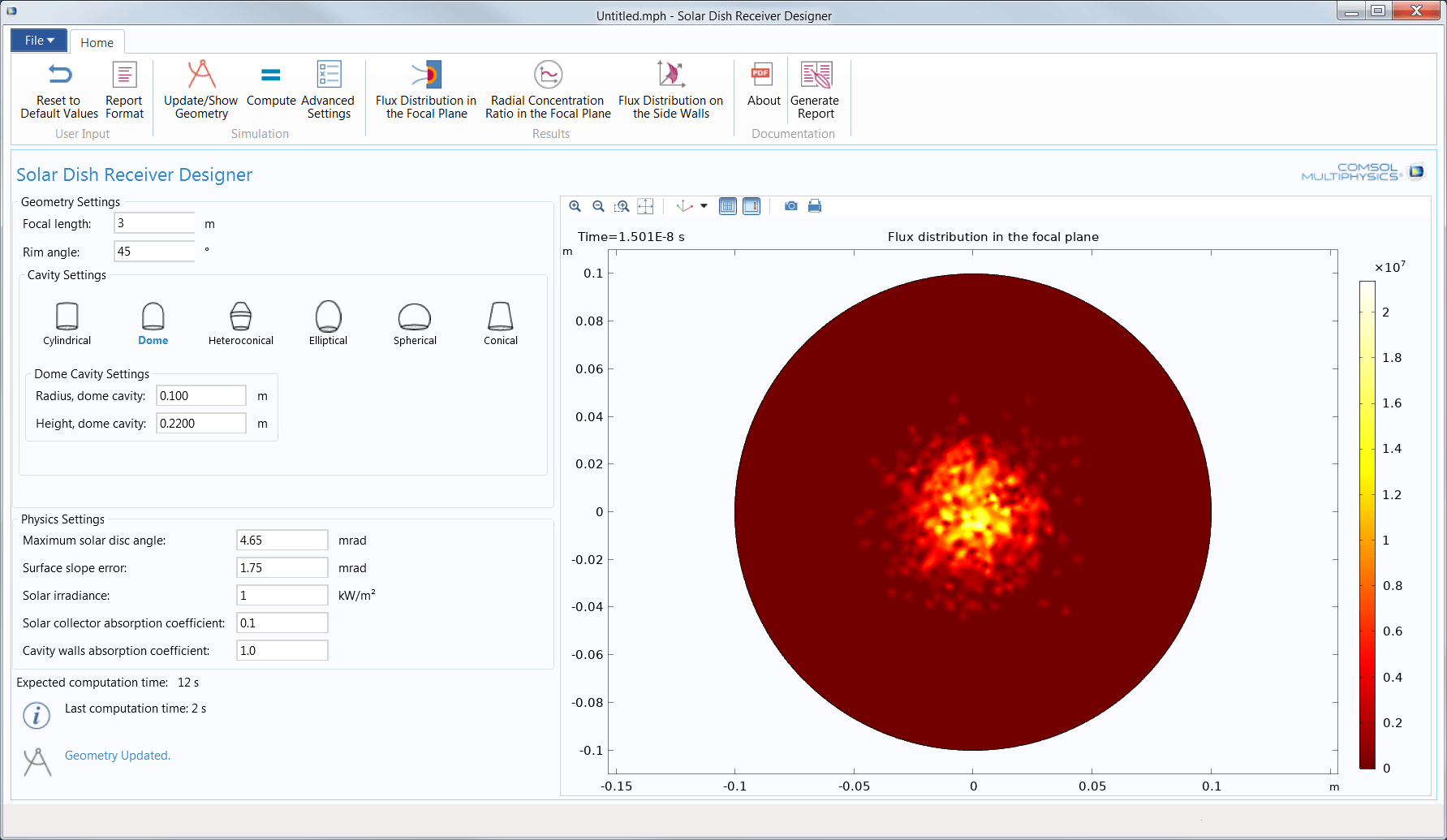
Optical systems can be extremely sensitive to changes in their environment, especially when operating under extreme conditions such as underwater and outer space. You can create high-fidelity optical simulations using the COMSOL Multiphysics® software and the specialised add-on Ray Optics Module.
The most obvious environmental factor is temperature, since the refractive indices of most materials follow some form of thermo-optic dispersion relation. Physical deformations in the optical system, either due to thermal stress or other applied loads, can also significantly affect the image quality. You can conveniently account for all of these multiphysics phenomena in a single integrated modelling environment, making it easy to conduct coupled structural-thermal-optical performance (STOP) analyses. You can also combine the Ray Optics Module with other add-on modules that offer expanded structural and thermal modelling capability — for example, to account for thermal radiation, conjugate heat transfer, hyperelastic materials, and piezoelectricity.
In order to fully evaluate whether or not the COMSOL Multiphysics® software will meet your requirements, you need to contact us. By talking to one of our sales representatives, you will get personalised recommendations and fully documented examples to help you get the most out of your evaluation and guide you to choose the best license option to suit your needs.
Fill in your contact details and any specific comments or questions, and submit. You will receive a response from a sales representative within one business day.